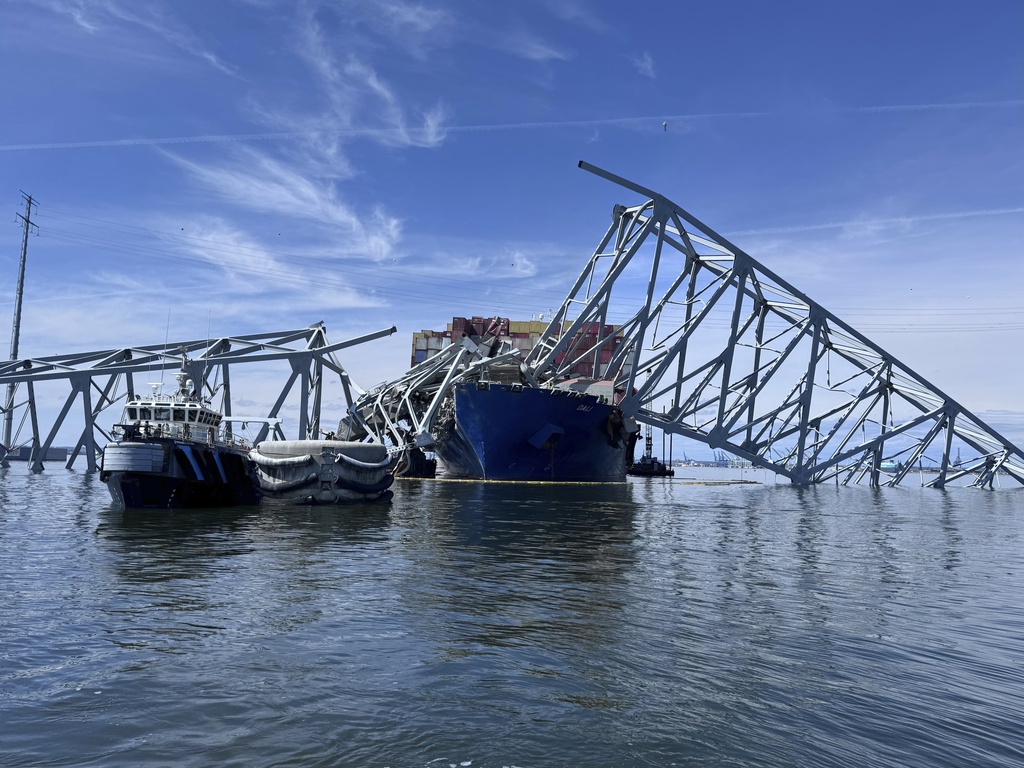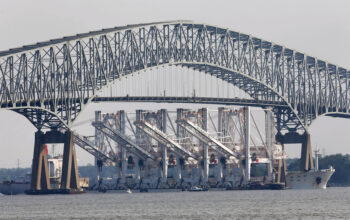Last month, Baltimore’s Key Bridge came falling down after a cargo ship ran into one of its support piers. The bridge served as a thoroughfare for East Coast travelers and distribution for major U.S. companies that have warehouses in the region. Additionally, the Port of Baltimore, which is now closed, is essential for foreign trade and its closure costs millions of dollars every day that it is closed.
Needless to say, the longer it takes to rebuild, the more negative impact it has on travel and commerce for Americans (and even the world).
This is a time to start considering the removal of red tape for both the rebuilding of the Key Bridge or other future disasters (or really any projects). Any federal project requires layers of approval permits that can hold back the start date for years.
The bridge will likely require a review under the National Environmental Policy Act (NEPA). While the environmental studies (which usually take years) may be expedited under categorical exclusions under the law, any modernization efforts or new structures would likely invoke more lengthy reviews. Other state and local permits may come into play as well.
Permitting is often a roadblock to completing projects in a timely and efficient manner. The permitting process can cause lengthy delays while government bureaucrats act as gatekeepers. They also can be costly for companies as applicants have to sufficiently prove to the government that the project is worthy of approval. And even time can be costly in an inflationary economy. A budget that may cover the costs in 2024 may not do so in 2026.

















